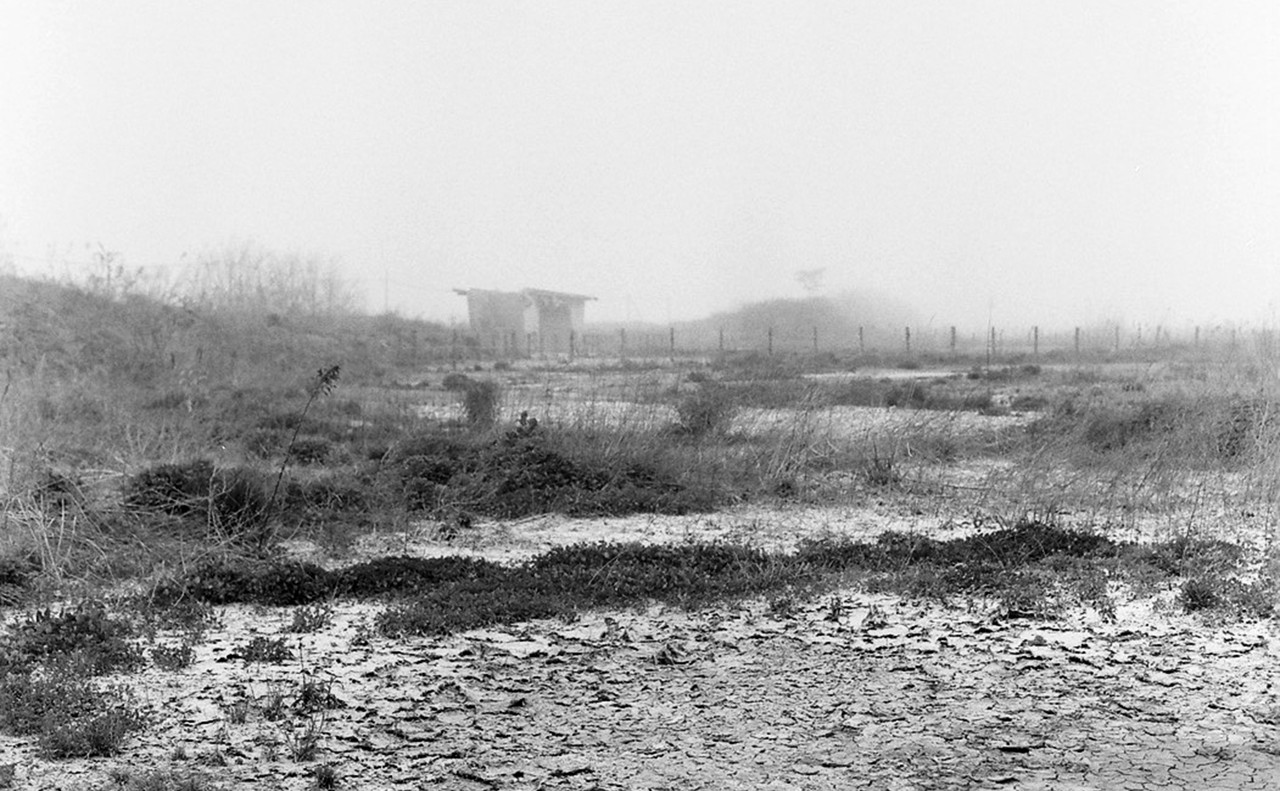
Anthropologist Andrew Littlejohn composes sonic ethnography in Japan
Andrew Littlejohn composed a sonic ethnography with sounds recorded in Japan’s northeastern region. He decided to make recordings because he wasn’t satisfied with the images and videos that appeared after a tsunami struck there in 2011. Most of it was ruin photography, often involving gazing on destruction from the distance. To understand the experience of being in the middle of a changing landscape, Littlejohn composed a sonic ethnography called Shizugawa, named after a district in Minamisanriku Town where he recorded. The work was released by the label Gruenrekorder on the first of December 2020.
Shizugawa is a work of field recording, or location-based sound recording: someone goes out into the world with a microphone and records the sounds of the surroundings. Field recording isn’t new in anthropology; today, a number of well-known anthropologists, like Rupert Cox, Steven Feld, Ernst Karel, and Stephanie Spray, use it as part of a multi-modal approach to exploring and representing sounded worlds.
Distance and Presence
In Shizugawa, Littlejohn used surround-sound to accentuate the feeling of being in the field. In the aftermath of the tsunami in 2011, many photographers made works depicting devastated landscapes full of ruined buildings. ‘One of the things that such photography emphasizes is destruction. But in doing so, it maintains a kind of distance from the actual experience of inhabiting the landscapes,’ Littlejohn explains, where loss is accompanied by presence and renewal. ‘There was some work that tried to understand the experience of people in the landscape, but a lot of work had a kind of gazing from a distance kind of feel, as opposed to being present and trying to understand the space. I wanted to resist this and try to situate myself and others within it. To try thinking from the inside or feel things from the inside.’

Art and research as parallel tracks
Littlejohn likes to think of his media work – he also makes short videos and photographs – as something that runs parallel with his research. ‘I’m a fan of a rather pretentious phrase that Stephen Jay Gould used when he talks about different aspects of life. He called religion and science non-overlapping magesteria. I really like that. So now I think about my art and my research, they occur in the same place and sometimes they tackle the same issue, but the sound work isn’t part of the scientific research necessarily. They run parallel with each other.’ The sound work made by Littlejohn is still anthropological, in other words, but not done to produce something that he can write about in a scientific article.
30 hours of recording
Littlejohn started recording without having a set goal in mind. He set up a structure with certain rules on how to record. Littlejohn: ‘I came up with a process inspired by different models that I knew from both artists who use sound recordings and previous sound works by anthropologists. I decided that I was going to have a set number of locations and record in each every two hours during the day. So, I would go to a location and do my first recording at 5 am, the second at 7 am, the third at 9 am and so on. This mapped how a place sounds during different times of the day.’ The choices of the locations were shaped by the discussions that he had with people and texts written by them on how the areas sounded and felt afterward. The research that he had already done also informed where he recorded—for example, in a valley that used to be filled with houses but was then empty. In total, Littlejohn recorded over 30 hours of raw material from seven different locations between 2013 and 2015. All recordings were made using a DPA 5100 Mobile Surround Microphone and a Sound Devices audio recorder.
Reaching different people
The final ethnography is a digital recording that you can listen to in 5.1 surround-sound or stereo, accompanied by a text. ‘What I tried to do by putting the images and text together is to both cue people into what they are listening to and give them a sense of what they are not hearing. I wanted to create a kind of tension. You hear, for example, the town center. You should hear shops and shopkeepers, but what you actually hear is silence. You need to cue people into what it means to inhabit a space where something has disappeared but other things have taken their place.’ As already mentioned, Littlejohn doesn’t call this piece scientific but humanistic. ‘People who listen to this, probably won’t read my scientific papers. They are different people. In that sense, it will bring material from and about the disaster region into a different sphere and reach different people.’

You can read the text and listen to some excerpts via the page of Andrew Littlejohn on the site of Gruenrekorder, where you can also purchase the whole recording for 10 euro.
